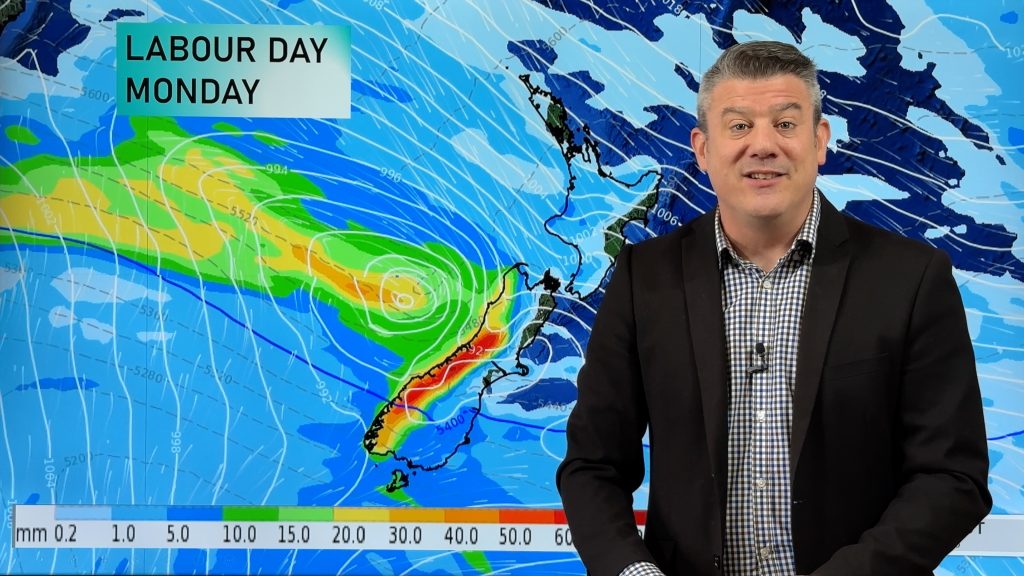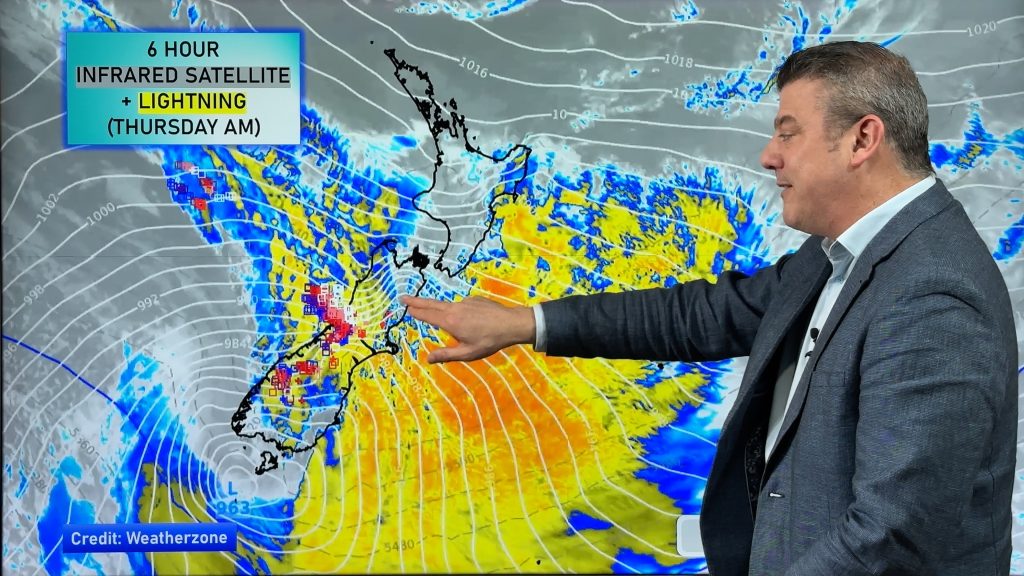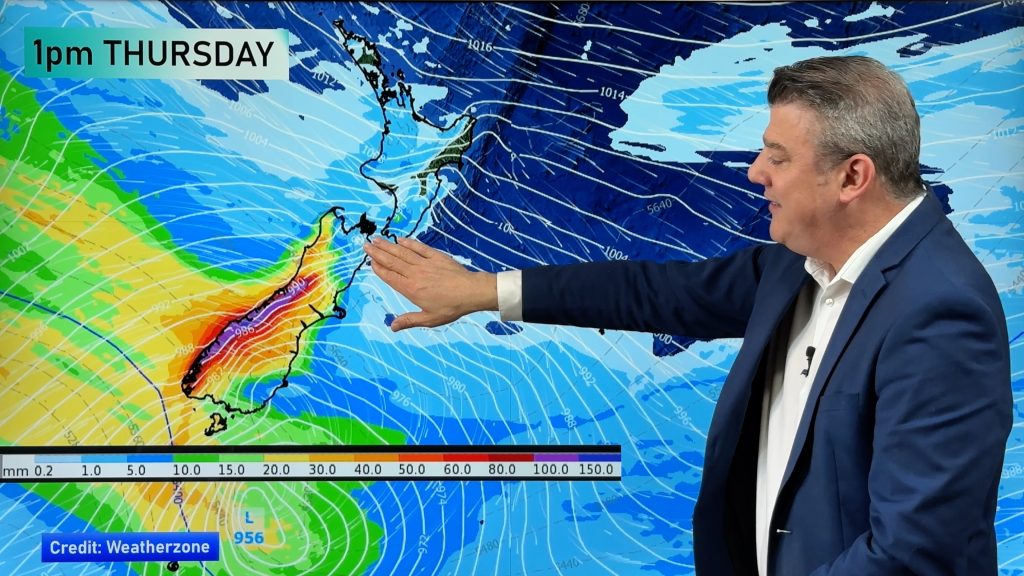Meteorologists expecting an ‘average’ tropical storm season
15/10/2014 4:00am

> From the WeatherWatch archives
Meteorologists from aroung the Southwest Pacific are predicting a ‘near average’ cyclone season for the coming 6 months.
According to weather experts from around the region, 8 to 12 named Tropical Cyclones are expected for the coming season – though some countries are said to be more at risk than others.
On average, New Zealand experiences at least one ex-tropical cyclone passing within 550km of the country every year.
For the coming cyclone season, the risk for New Zealand is slightly higher than normal.
If an ex-tropical cyclone comes close to the country, the current background climate conditions suggest it has a higher probability of passing east rather than west of Auckland city.
Storm activity for Vanuatu and New Caledonia is anticipated to be below normal for this season, while elevated activity is expected for Samoa, Tuvalu, Tokelau, Niue, and the Southern Cook Islands.
There is also an outlook of normal or above normal activity for countries situated close to the International Date Line (such as Wallis et Futuna and Tonga).
The forecast, in part by New Zealand’s NIWA, does have some good news, with overall reduced activity picked for the first three months of the season, between November this year and January 2015.
The current outlook for islands like New Caledonia, Vanuatu, Fiji and Tonga suggests that two or more cyclones may affect these countriess, despite only small differences from normal at this stage of the season.
More worryingly, the outlook suggests that at least one or more severe TCs (Category 3 or higher2) could occur anywhere across the Southwest Pacific during the season.
Tough to call
WeatherWatch.co.nz head weather analyst Philip Duncan says while long range cyclone reports are important, it’s also important to remember New Zealand is a very narrow country, broken into two main islands in the roaring 40s.
“Every cyclone season is unique and no forecaster can accurately predict where and when a cyclone might hit.
“New Zealand’s weather doesn’t always match the international norm, but the cyclone season runs from November until the end of April and most years New Zealand is impacted by at least one or two in some shape or form.â€
Mr Duncan says often cyclones miss New Zealand’s land mass, but offshore can churn up very dangerous seas.
“We’ve had people swept out to sea in New Zealand on a beautiful sunny day because a cyclone is well out a sea – WeatherWatch.co.nz takes that very seriously and we will step up our coverage over the cyclone season to help New Zealanders be better informed of the coastal dangers.”
WeatherWatch.co.nz, which has always had a strong focus on South Pacific Cyclones, will once again this cyclone season bring New Zealanders early warnings via the internationally recognised Joint Typhoon Warning Centre and through new exciting video content coming to nzherald.co.nz in the near future.
– NIWA, WeatherWatch.co.nz
Comments
Before you add a new comment, take note this story was published on 15 Oct 2014.





Add new comment
Guest on 15/10/2014 7:55pm
Is it correct to assume that the more eastward preference for potential cyclone development is taking into account the possibility of a summer El Nino developing?
Reply
WW Forecast Team on 17/10/2014 6:44am
Check out this great article from NOAA about how the El Niño ocillation affects tropical cyclone activity – it seems as though the cut off is the mid Tasman Ocean…http://www.aoml.noaa.gov/hrd/tcfaq/G2.html
Thanks for your question!
WW
Reply